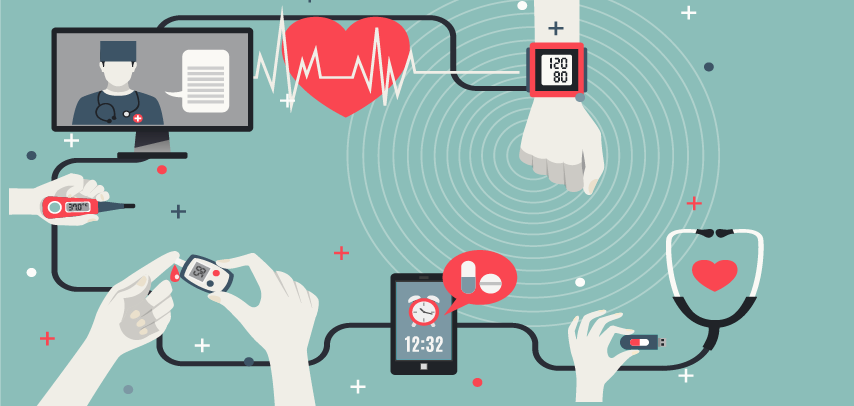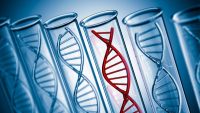The arsenal of technology available to us has been progressively expanding with novel innovations occurring every year. Clubbed with the unanticipated period of Covid-19, a silently growing sector of modern medicine was brought to the forefront. With widespread quarantines, lockdowns & curfews, the various facets of digital health shone bright, during a time where physical human interaction was reduced to the bare minimum. A number of factors facilitated this shift as an exponential growth in adoption of digital health tools & techniques was visible over the past 24 months.
Prominent Growth Drivers:
- Rise in Wearables: A huge chunk of the global populous has begun using wearables such as smartwatches, fitness trackers, heart-rate monitors & other digital sensors like glucose and blood-pressure monitors. Advancing technology has brought the availability of mobile health applications which can record, store & transmit data over the internet & Bluetooth, allowing remote monitoring & analysis of trends of several key vitals. Additionally, individuals themselves have become capable of self-monitoring their own fitness levels & understanding their vitals for a better understanding of their anatomy.
- Keenly Interested Patients: The pandemic showcased how fragile our bodies can be & with widespread awareness of our mortality, onus has been shown by people across the planet to be mindful of what they eat & how they treat their bodies. An inherent desire for fitness & a sustainable lifestyle is driving more & more individuals towards adoption of wearables combined with an interest to delve deep into their medical reports and health checkups.
Also with the convenience of video calling, patients are preferring to avoid in-person doctor visits and rather opting for regular remote check-ins with their respective physicians, further driving the m-health (mobile health) market.
- Engaged Healthcare Providers: Realizing the need of the hour, hospitals & private clinics are continually upgrading their facilities, involving state of the art equipment clubbed with electronic& remote monitoring tools. The increasing use of IoT or Internet of Medical Things (IoMT) has allowed for greater savings & profitability as well as higher patient satisfaction and overall experience.
- Sensor Optimization & Miniaturization: As the usage of sensors across wearables & smart tracking devices increases, so is the investment in their optimization & accuracy. The gap in clinical accuracy between medical & non-medical grade monitoring devices is expected to drastically reduce within the next decade. To add on, the physical size of the devices themselves is being reduced or miniaturized to render them less obtrusive and more convenient to use.
Applications of Digital Health Tools:
- Assisting patients self-monitor their condition in non-critical scenarios.
- Remote monitoring chronic & long-term illness like cancer.
- As an Early Warning System to track vitals & alert medical authorities in case a patient’s condition may be deteriorating to allow emergency services to act in time.
- Post-op orthopedic analysis to monitor a patient’s gait & walking pattern for deeper insights helping in recovery as well as allocation of the correct exercises & course of therapy required.
- Reducing the number of physical checkups & therefore lowering healthcare costs while minimizing wastage of time.
- Administration of medicine such as insulin (for diabetic patients) through non-invasive health monitoring sensors such as smart patches.
Technologies in the Spotlight:
A large number of technologies are being integrated into medical devices, wearables, hospital facilities, clinics & smartphones to create an efficient digital ecosystem for easy doctor-patient interactions. Cloud services & computing is being widely used to store unfathomable amounts of emerging health data while AI & ML which then generate actionable insights for precision medicine, targeted therapies, drug development while also providing patients with various trends covering their vitals.
Finally, capable smart devices are being linked together through the internet to create an advanced network of interoperability & connectivity more commonly called IoMT (Internet of Medical Things).
The possibilities of DIGITAL HEALTH are unbelievably endless with the horizons of what is achievable only widening with each passing year.
The MarketsandMarkets Digital Health Crystal Ball Event will aim to explore key trends & developments of the ecosystem through the eyes of leading industry experts.

LEARN MORE ABOUT THE DIGITAL HEALTH CRYSTAL BALL EVENT!
REGISTER FOR THE EVENT HERE!
Ayush Kanitkar
MarketsandMarkets
+91-8975985061





